Matthew Bourne’s Sleeping Beauty at Sadler’s Wells
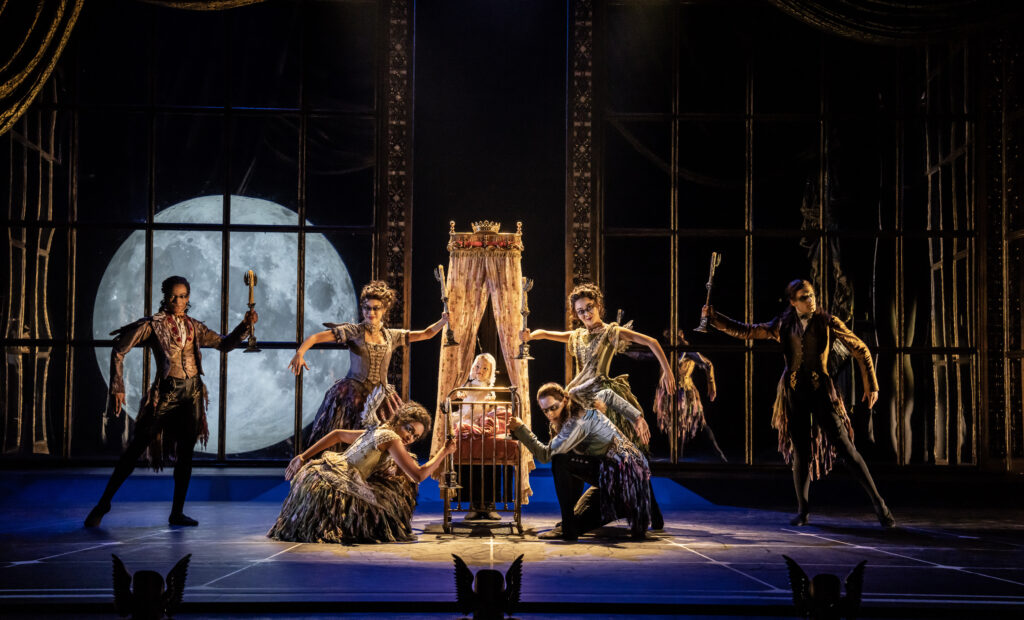
Once upon a time in 1890, there was a king and queen who were unhappy because they couldn’t have a child. In their desperation, they call upon the dark fairy Carabosse (Paris Fitzpatrick), who brings them a child they name Aurora – where this child came from, who her real parents are and what she really is, remains uncertain. The king and queen fail to show their gratitude to the dark fairy for her help in giving them a child, and so an upset Carabosse curses Aurora. In an eerie dance sequence featuring faceless performers, we are shown how Aurora will die by pricking her finger on a dark rose. Count Lilac (Dominic North), the pale and sharp-toothed king of the fairies, intervenes: instead of dying, Aurora will sleep and be woken by a kiss.
Following the success of Swan Lake and Nutcracker!, Sleeping Beauty completes Matthew Bourne’s trilogy of Tchaikovsky adaptations. The costumes throughout Sleeping Beauty are mesmerising and era-appropriate. In contrast to other adaptations of this ballet, the fairies are dressed in gothic dark reds, purples, blacks and greens, with black painted masquerade masks around their eyes. The set design for this production is exquisitely detailed, from the ornate palace gardens at Aurora’s 21st birthday to the enchanted forest with the spindly trees. The puppet baby Aurora moves in such a lifelike, cheeky way, she steals most of the early scenes. The music is a recording rather than a live orchestra, but in typical Bourne fashion, the dancers add to the sound with wails and hisses.
The lore of this story is fascinating, with a few loose ends. Are all fairies, vampires? In previous adaptations, Carabosse is upset at being overlooked at the princess’ christening banquet, whilst in this version, all the fairies seem to break into the palace uninvited, so what was the slight that Carabosse suffered?
Paris Fitzpatrick, who plays both Carabosse and her son Caradoc, does a great job in both roles. His Carabosse is enjoyably BDSM and a classical fairy tale villain, yet manages to steer clear of pantomime, while his Caradoc brings us into a toxic push and pull, making us feel both attracted and repulsed. Ashley Shaw (Princess Aurora) brings a sense of freedom and personality to her character, from throwing off her shoes and showing genuine joy at being barefoot, to her dreamy, sleepwalking numbers in the enchanted forest. The fairies incorporate bird-like moves to create the feeling of something otherworldly. Dominic North, in particular, toes this line between friendly fairy and something darker, making us question what his true motives are.
Unlike many of Bourne’s ballets, Sleeping Beauty starts off almost like a regular classical ballet, although touches of his trademark style (bare feet, free contemporary movement and sound effects) are present throughout. As the show goes on, it becomes more unrestrained and fluid moving. Whilst perhaps not the biggest stand out of Bourne’s, Sleeping Beauty is another triumph from the avant-garde choreographer who manages to put a unique twist on an old tale and bring the story and its themes into the 21st century.
Sophia Moss
Images: Johan Persson
Matthew Bourne’s Sleeping Beauty is at Sadler’s Wells from 29th November until 15th January 2023. For further information or to book visit the theatre’s website here.


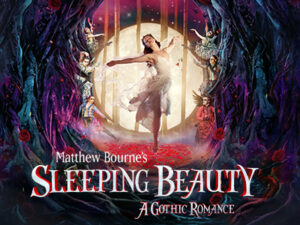
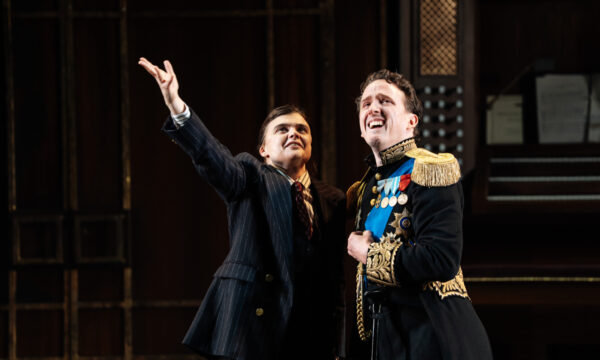

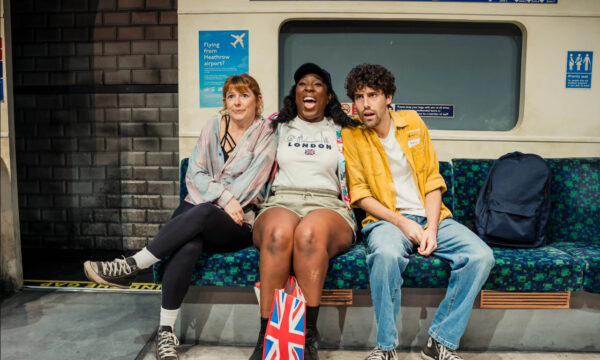
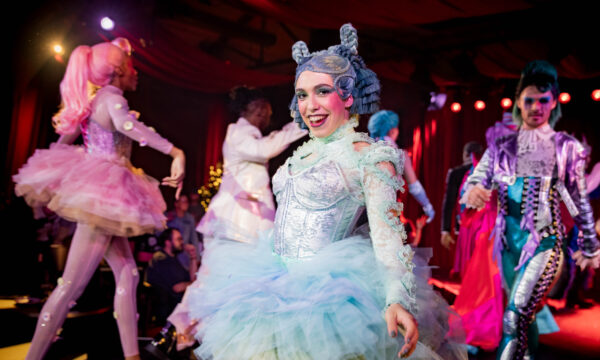
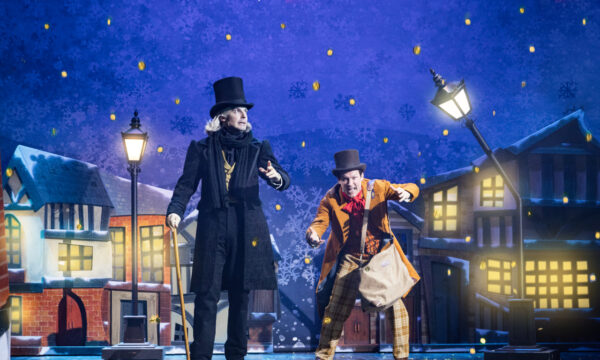
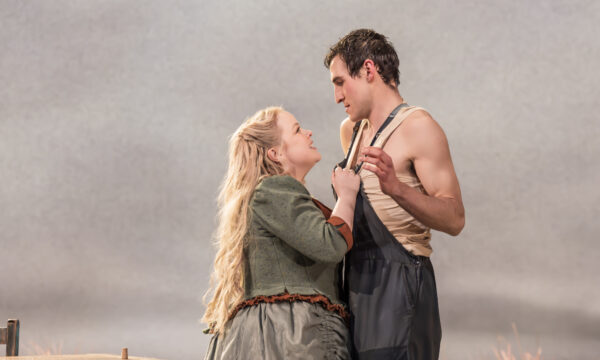

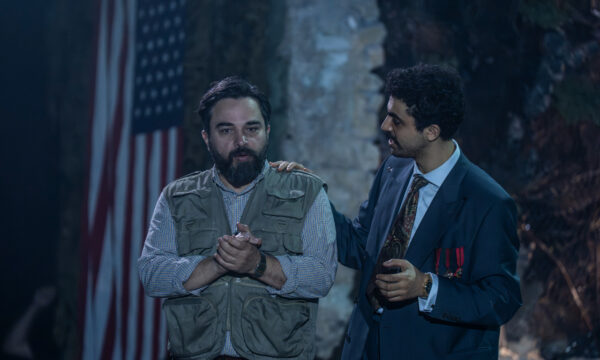
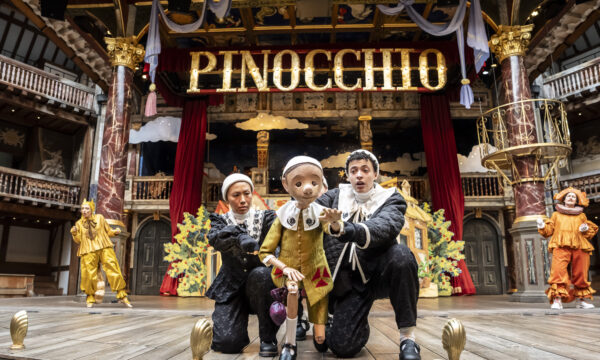
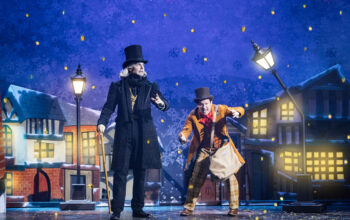

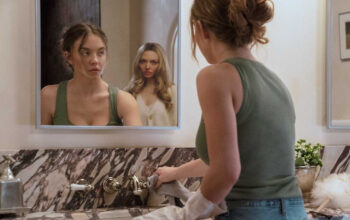



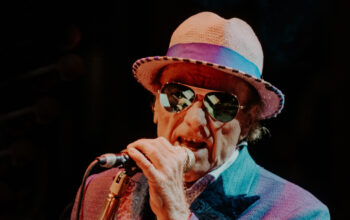
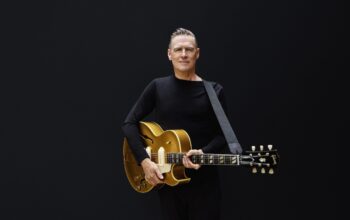
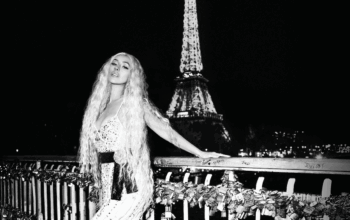
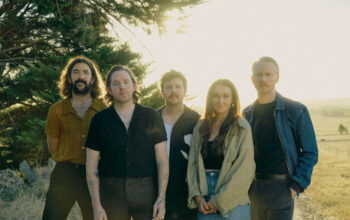




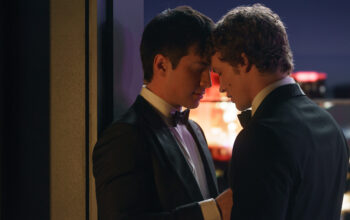
Facebook
Twitter
Instagram
YouTube
RSS